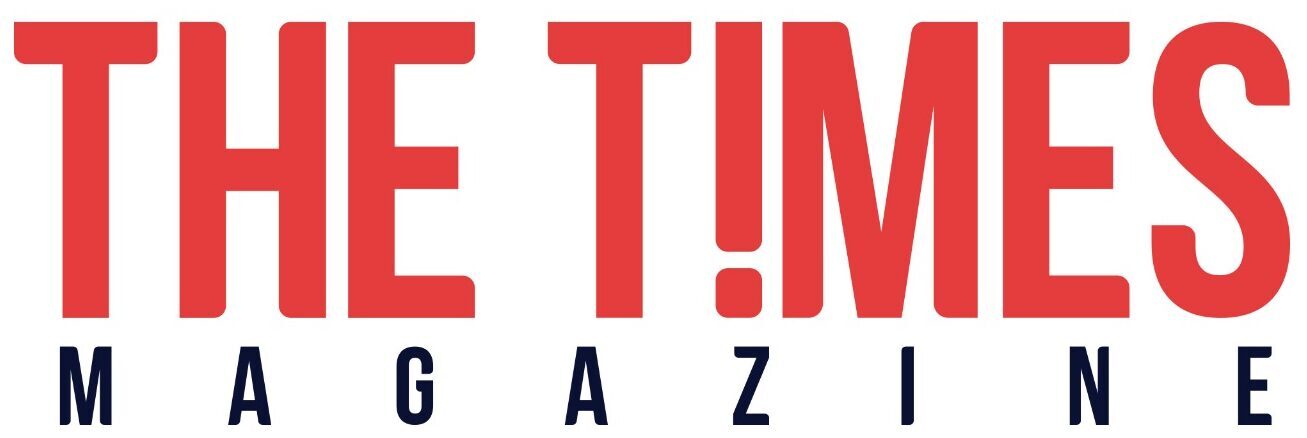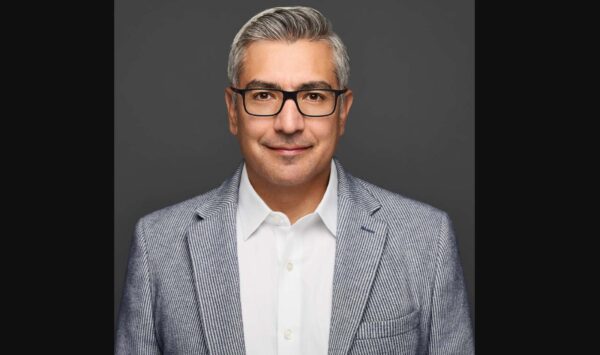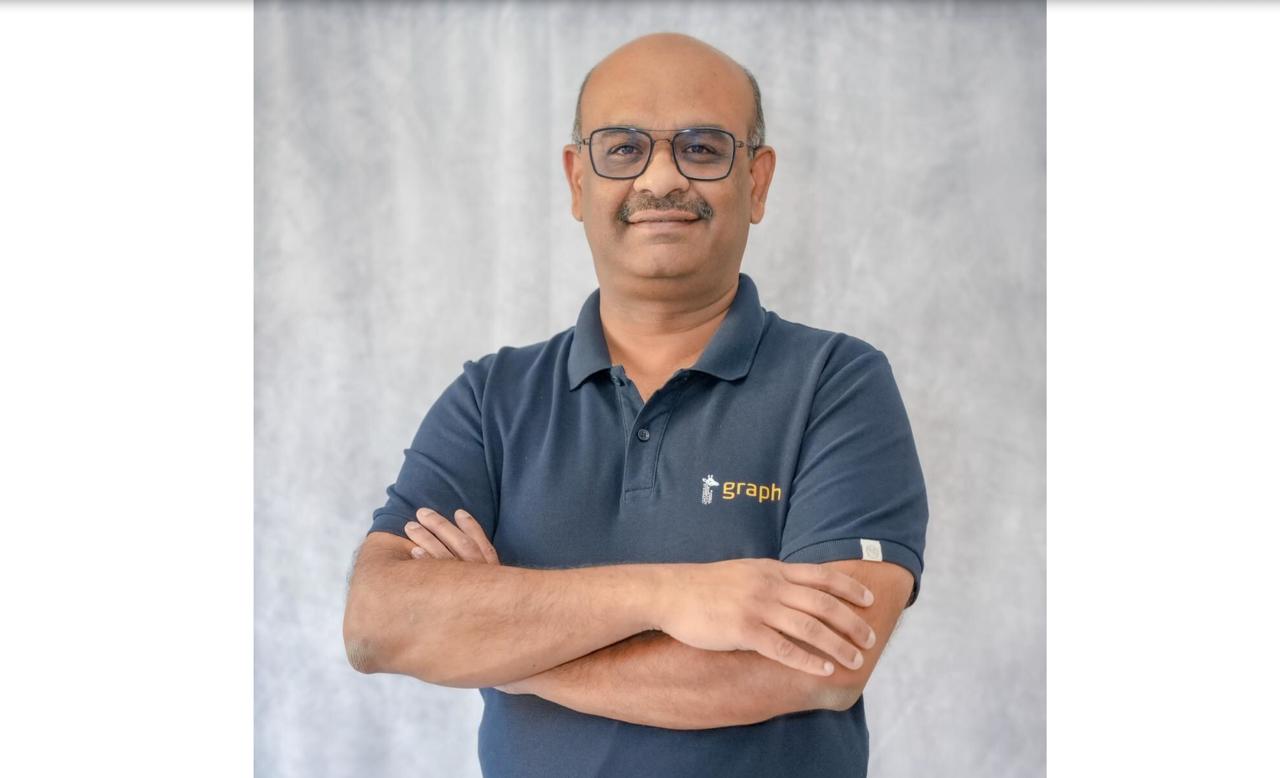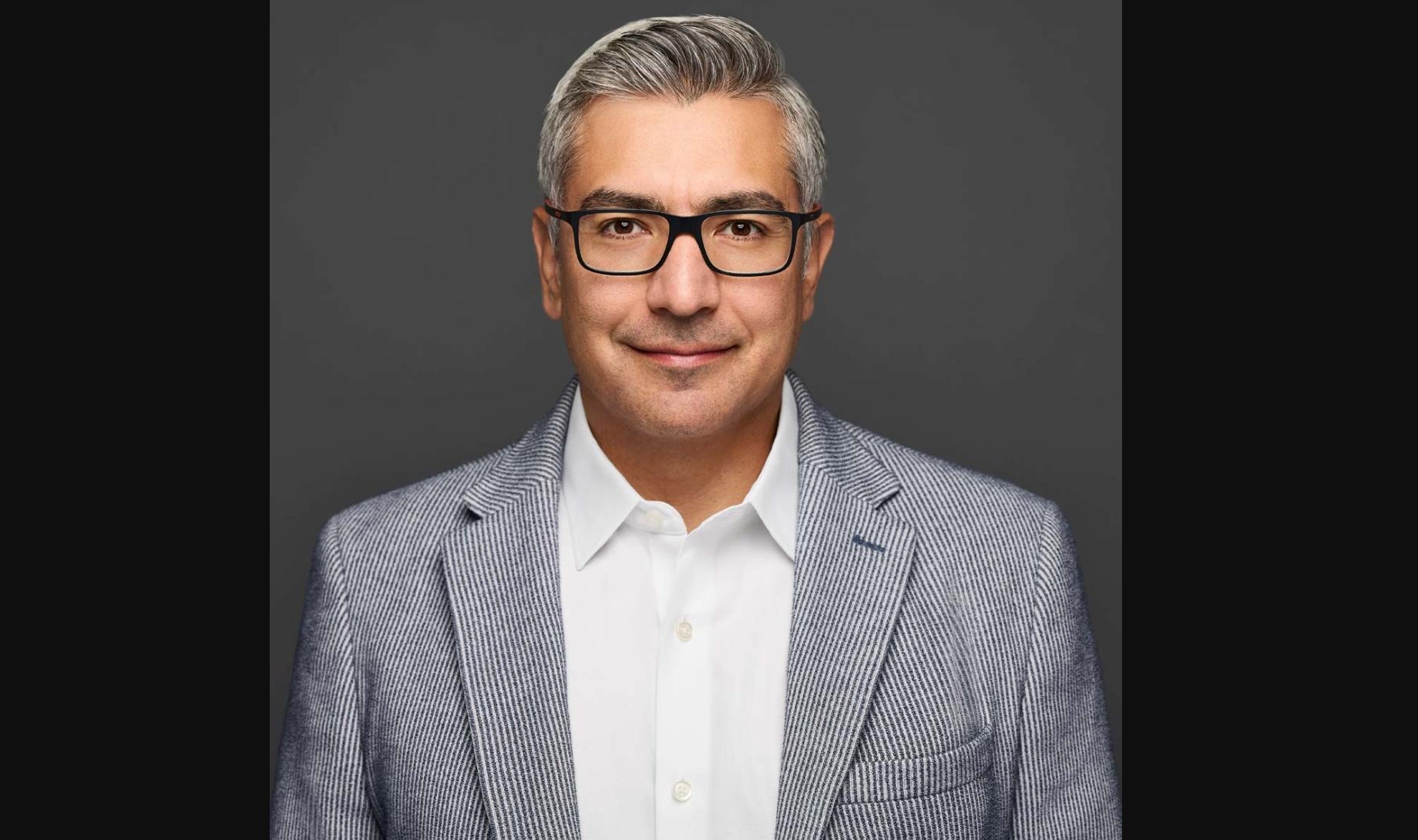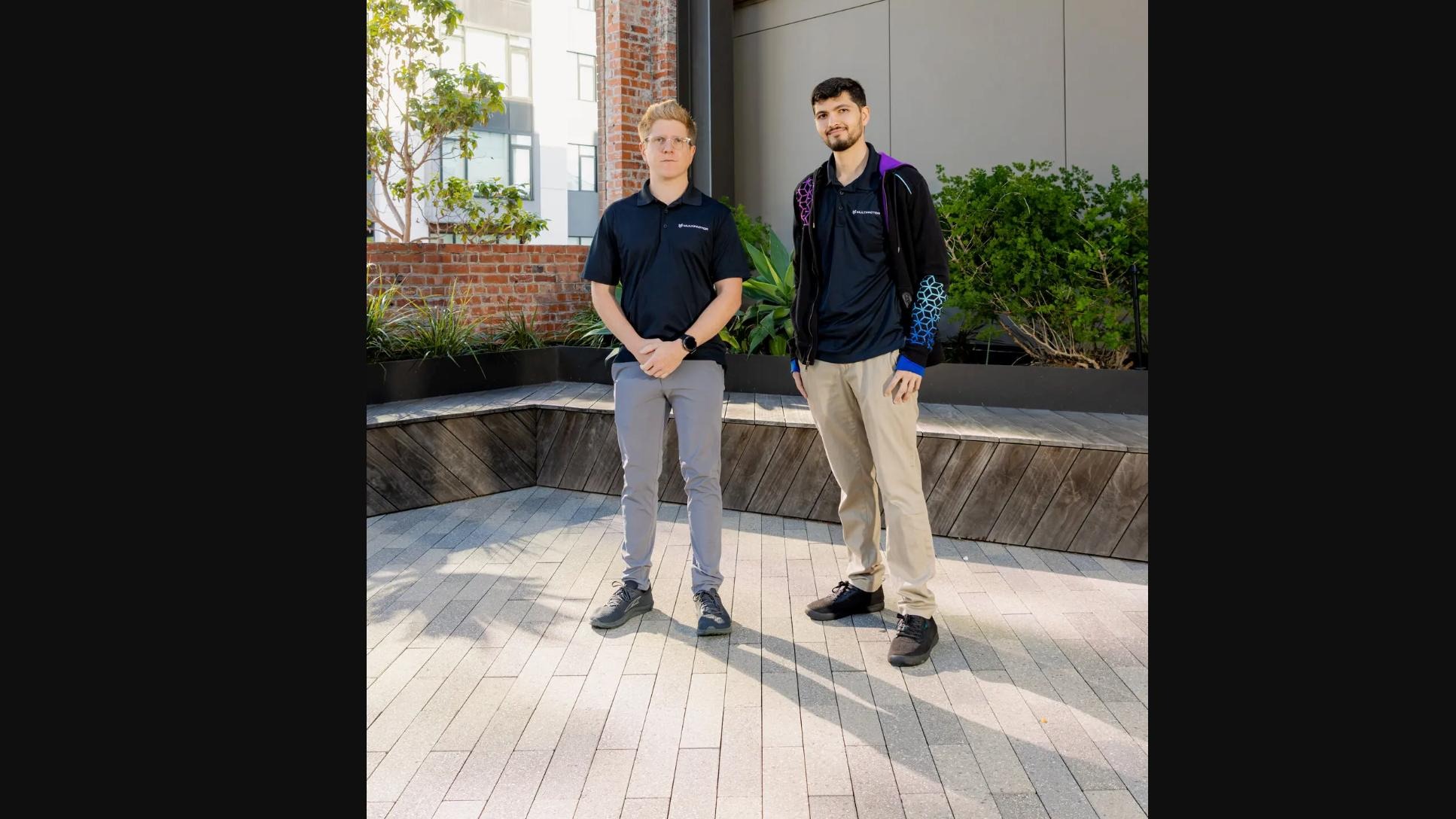California-based Graph AI, a promising new entrant in the pharmacovigilance space, has raised $3 million in a seed funding round led by Bessemer Venture Partners. Founded in 2024, Graph AI is pioneering an AI-native platform designed to transform the cumbersome and error-prone process of adverse drug event (ADE) monitoring that pharmaceutical companies are mandated to conduct globally. The fresh capital will be deployed to accelerate product innovation, expand the engineering team, and drive wider adoption in the highly regulated, $8 billion pharmacovigilance market.
The company’s founder and CEO, Raghav Parvataraju, explains the core challenge: “Life sciences companies continue to rely heavily on manual, fragmented workflows that are not only inefficient but increase compliance risk. Our unified AI-driven platform integrates context, compliance, and intelligence to streamline safety operations while ensuring end-to-end traceability.” Parvataraju, along with CTO Vijay Ponukumati, CPO Mohan Konyala, and CFO Ashutosh Bordekar, brings deep industry experience from tech and consulting giants including Google, Infosys, and ServiceNow.
Current pharmacovigilance methods involve outsized human effort to monitor diverse data streams—spanning clinical trials, post-market surveillance, social media, and medical literature—to detect and report ADEs. Graph AI’s platform automates these data-intensive processes by retaining human intervention only where regulatory mandates require, achieving up to 70% gains in efficiency and 90% faster regulatory reporting for enterprise clients. Their technology supports over 7,000 drugs and aims to replace costly, manual workflows with scalable, AI-native operations that preserve accuracy and regulatory confidence.
Nithin Kaimal, Partner at Bessemer Venture Partners, highlights the sector-wide opportunity: “Pharmacovigilance has long been a labor-intensive domain ripe for disruption. Graph AI’s shift from labor arbitrage to intelligence arbitrage epitomizes how AI can empower pharma companies to work smarter and more compliantly.” Bessemer’s backing signals strong investor conviction in Graph AI’s potential to redefine pharmacovigilance.
Editorial Insight & Market Perspective
Pharmacovigilance, a critical yet often overlooked pillar of drug safety, remains shackled by legacy processes that struggle to keep pace with increasing regulatory complexity and data volume. The transition from manual case processing to AI-augmented workflows is not simply a technological upgrade—it is a paradigm shift with profound implications for patient safety, regulatory compliance, and operational costs. Graph AI’s approach, which retains human oversight in regulatory checkpoints while automating routine data analysis, strikes a necessary balance between trust and efficiency, crucial for adoption in the highly regulated pharmaceutical industry.
The $8 billion pharmacovigilance market is poised for rapid transformation, fueled by growing drug pipelines, expanding post-market surveillance requirements, and the urgent need to manage risks in real time. As pharma companies face mounting pressure to enhance safety monitoring without ballooning costs, platforms like Graph AI could become indispensable. Their ability to aggregate and contextualize vast, disparate datasets into actionable insights could set a new industry standard, reducing delays in detecting adverse drug effects and ultimately safeguarding patient health.
However, challenges remain. Regulatory acceptance, integration with legacy IT systems, and convincing risk-averse pharma stakeholders to adopt AI-powered workflows will test Graph AI’s agility and execution. Success will depend on continuous demonstration of clinical accuracy, audit readiness, and measurable ROI for pharma clients. Given the founding team’s pedigree and early traction, Graph AI is well positioned to capture significant market share and accelerate the industry’s overdue digital transformation.
If you need further assistance or have any corrections, please reach out to editor@thetimesmag.com.
